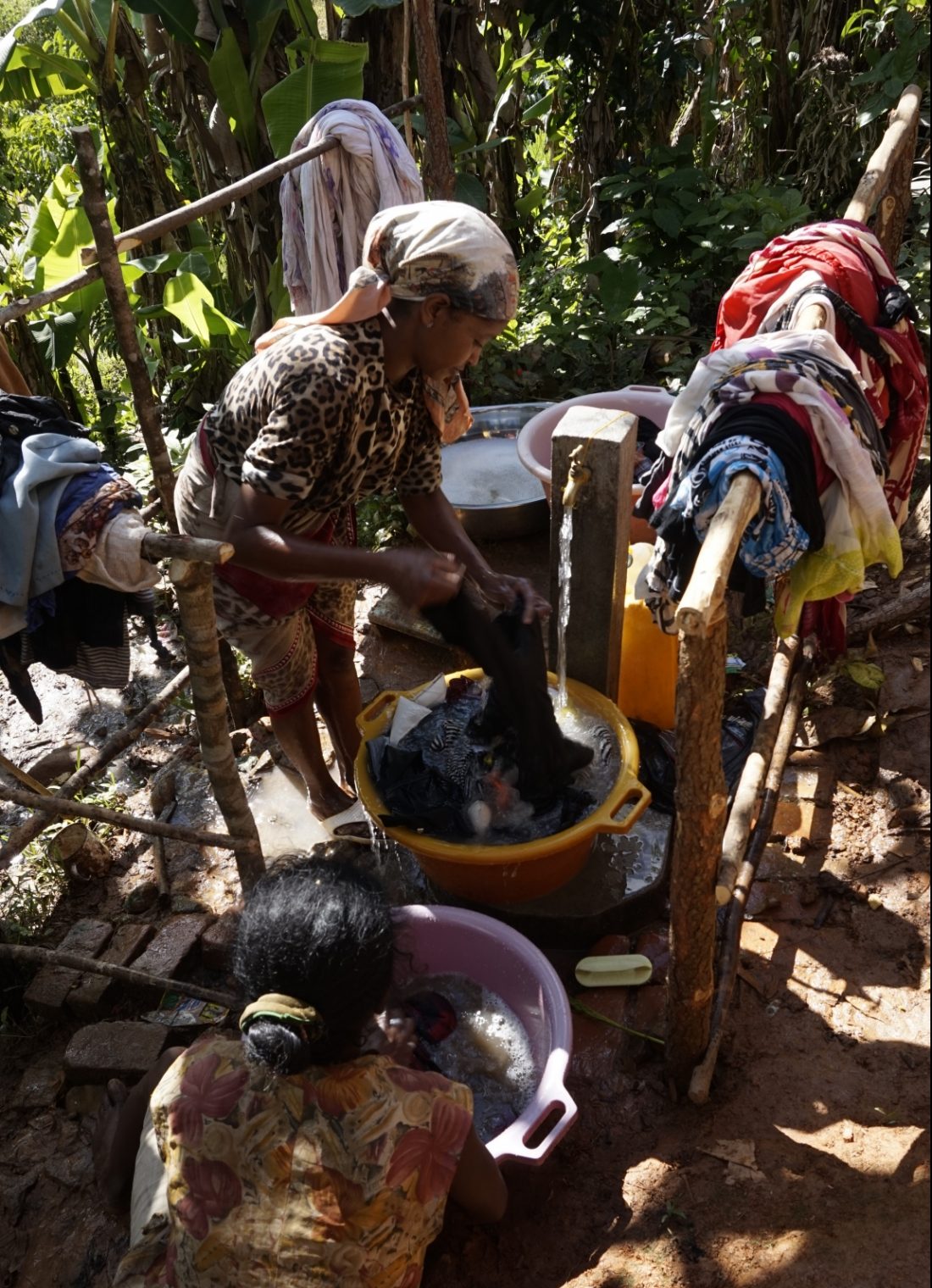Bottom of the Pyramid
The smart water project by Brickwork
In the second year of the master Industrial Design, students enter the Joint Master Project. In my case I chose to follow the Bottom of Pyramid track which is a track in which students do an innovative product design project in collaboration with a company which is settled in a third world country.
Operating in a multi-disciplinary team of five students, Team Brickwork collaborated with the water-system company BushProof, situated in Madagascar during a period of five months. As a team we focussed on the water network and tap, the user interactions and touchpoints, the financial feasibility and ways to convert the company into a product-service system deliverer.
Unsafe Drinking Water
More than 4000 children die every year of diarrhoea caused by unsafe water and poor sanitation. (Wateraid, 2015)
Research in Tolongoina
During our first visit to Madagascar we investigated the culture and the context. Later we visited the country again to present and test the prototype. Because of my user-focussed master track I joined the first team to get a better understanding of the situation we were designing for and researched the user in context. Important was then to find out if we were to design for an urban environment or a rural one. Therefore we visited the urban streets of Antananarivo and the green rainforest of Tolongoina. Two inspiring environments with differing problems.
The research in both areas was done by means of questionnaires and interviews with villagers and people working for BushProof. Also, scenarios were tested by using pictures which were discussed with the use of our translators. Finally, natural behaviour was analysed to create a logical way of interaction. The research done in both areas combined with the design opportunities and expertise and experience of the company resulted in the conclusion that we going to design in and around the homes of the people from Madagascar living in the rural area. This decision led to a specific design for the tap installation and a market introduction plan.
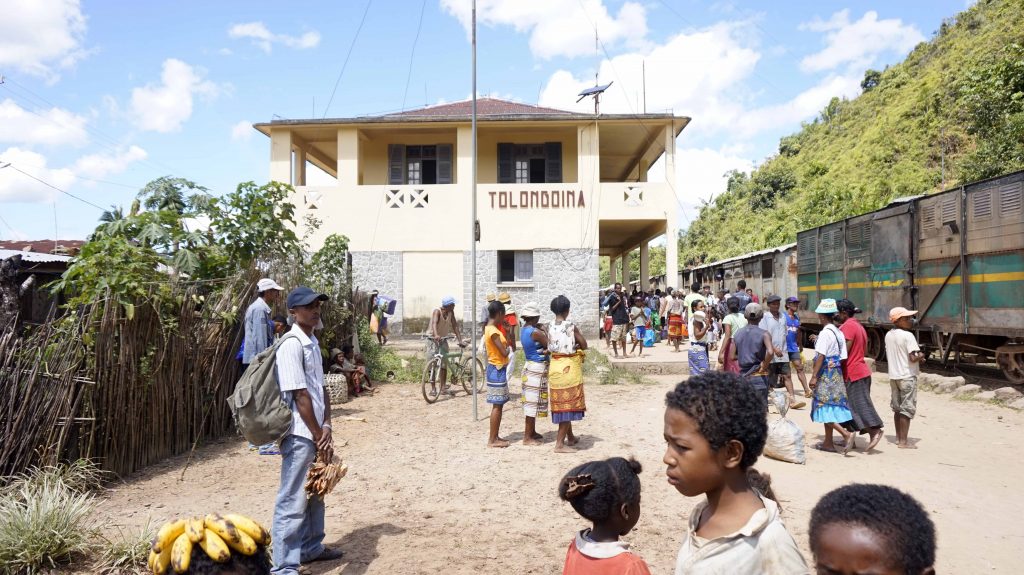
Tolongoina Station 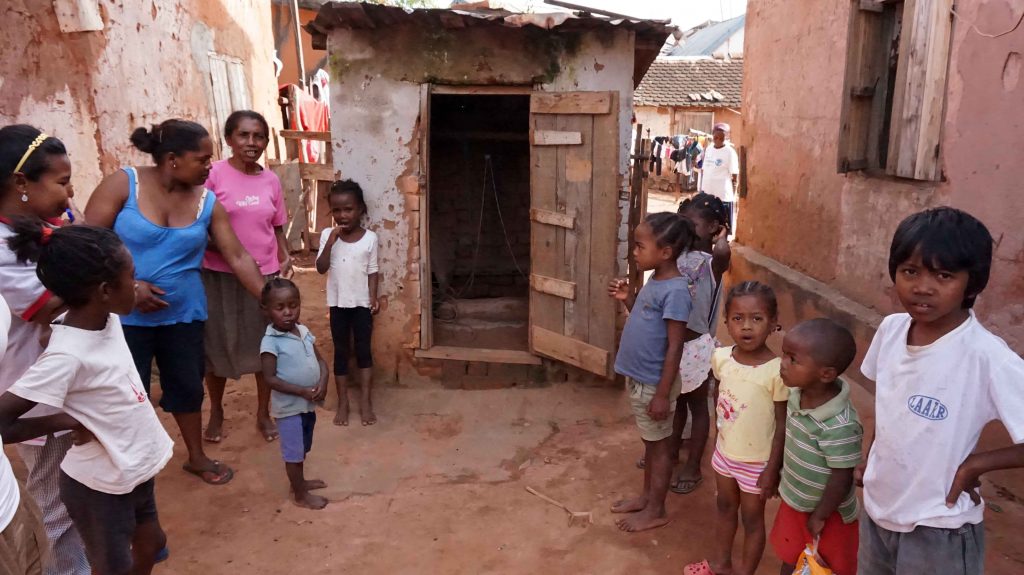
Water Well 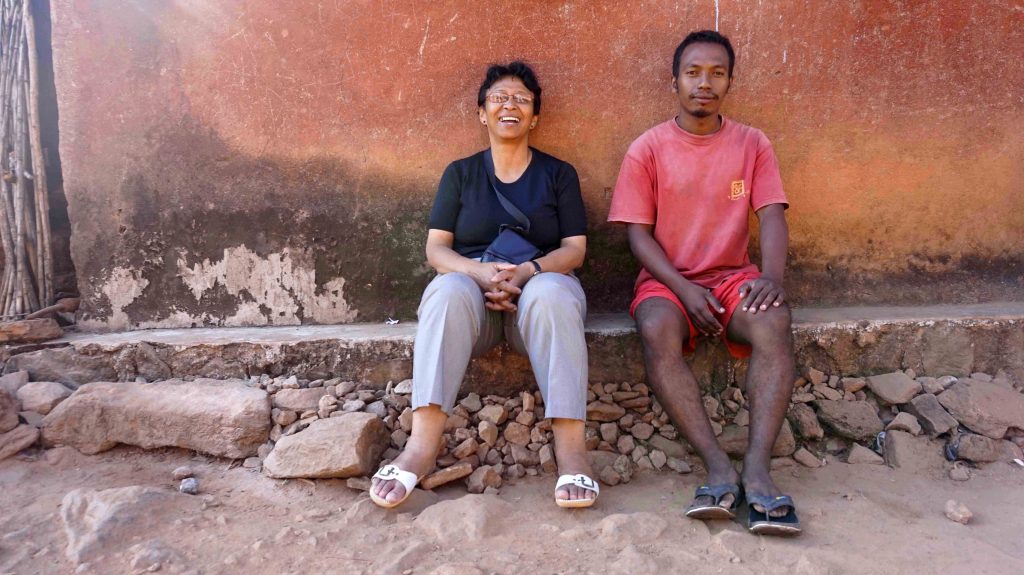
Research Team 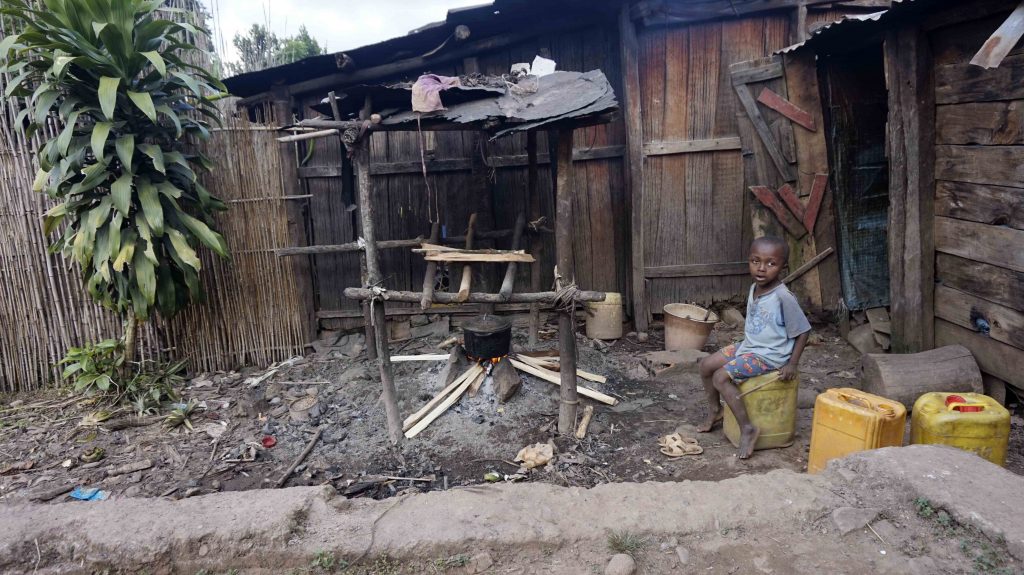
Cooking done by kids 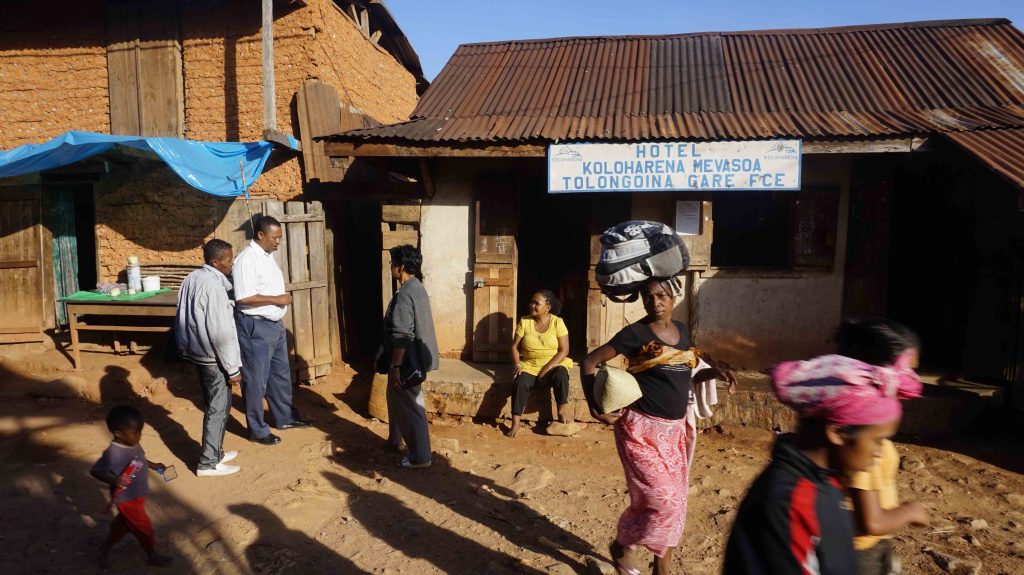
Main Street 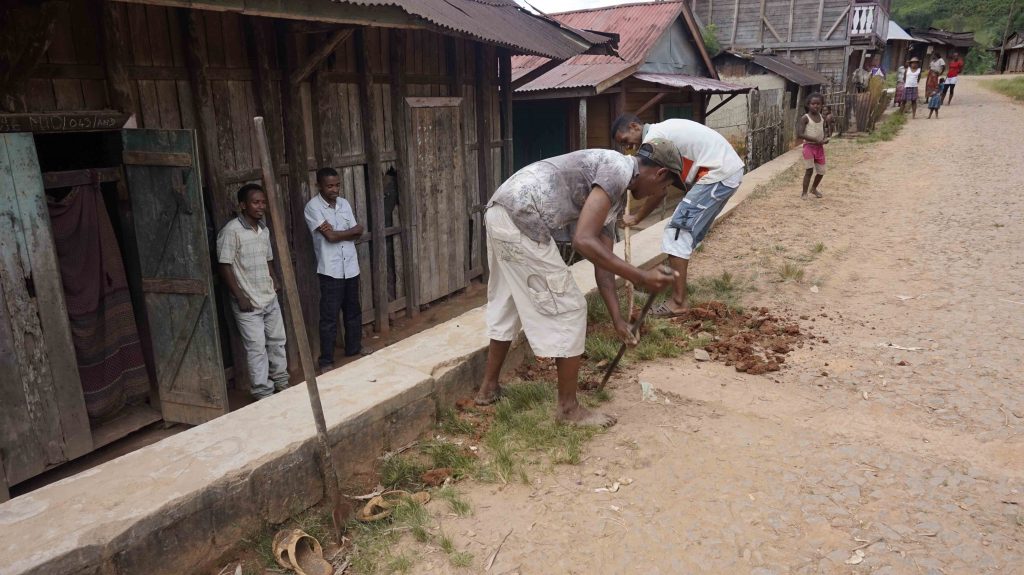
Repairment to the pipes 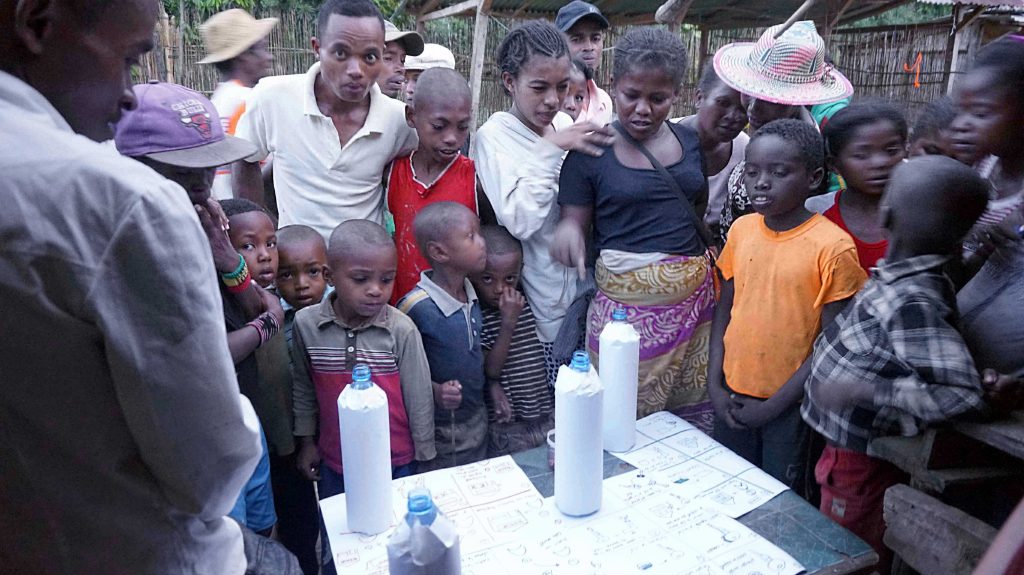
Creative Session
Final Prototype
The system is able to monitor the usage of water per household.
All costs made by the user in a certain water circuit will be used to repair and maintain that water circuit.
Users are able to decide themselves how much money they want to spend per day on water with use of the prepaid cash-card system.
To provide extra comfort, users can decide to enhance their own tap.
The system is operated with the use of a personal key-card. This makes bypasses harder and easier to detect.
The system can be implemented in all different climates of the rural area in Madagascar.

